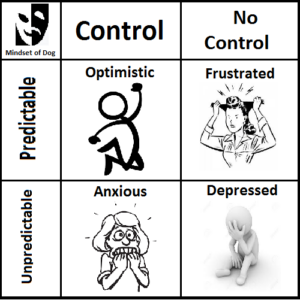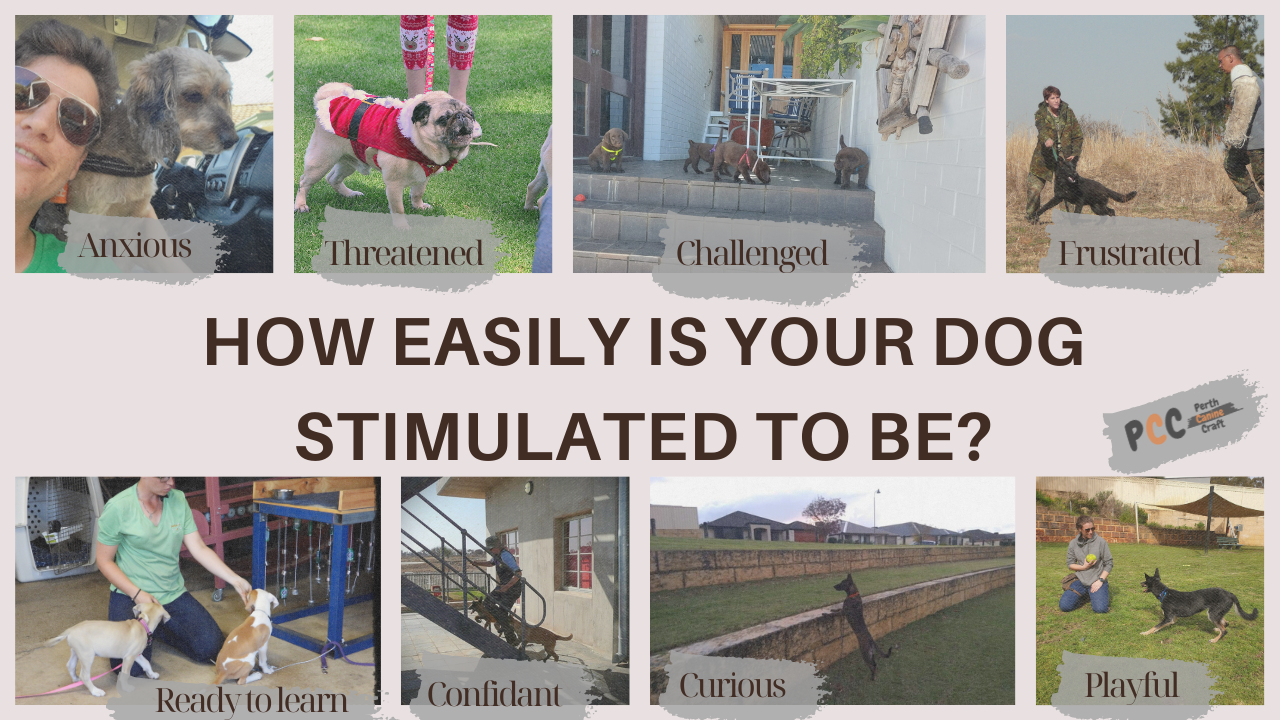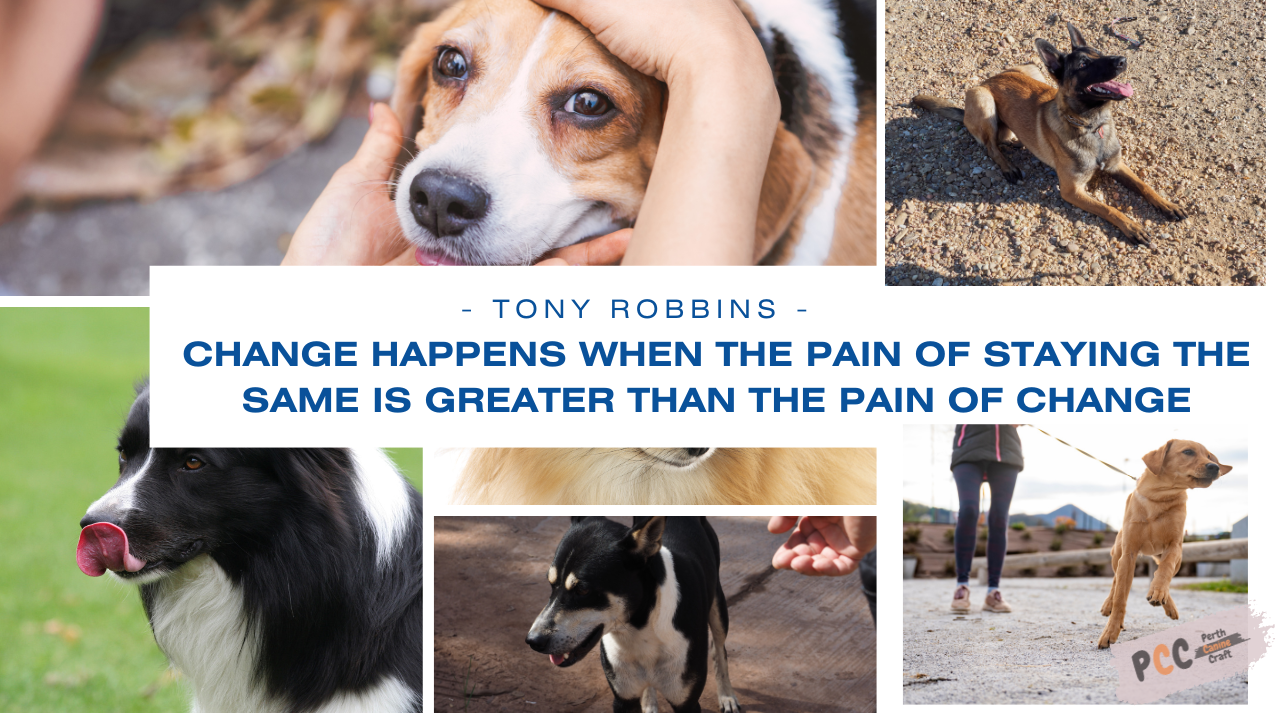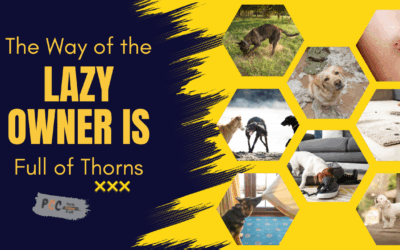As a dog trainer, I frequently receive inquiries from dog owners who are struggling with nervous or skittish dogs. These dogs often exhibit signs of anxiety and fear, which can make bonding and training challenging. If you find yourself in this situation and are looking for ways to help your dog without breaking the bank, this blog is for you.
Understanding the Source of Anxiety: First, it’s crucial to understand the root cause of your dog’s anxiety. Anxiety in dogs can stem from their temperament or be a result of past experiences and learned behaviours.

- Anxiety Definition:
anxiety (noun) · anxieties (plural noun)
-
a feeling of worry, nervousness, or unease about something with an uncertain outcome:
-
- Temperament-Based Anxiety: If your dog’s anxiety is due to their inherent temperament, there may never be a complete ‘fix.’ However, together we can work on developing your dog to their fullest potential. This process requires ongoing effort, as dogs with this type of anxiety can easily regress and will need constant support.
- Experience-Based Anxiety: If your dog’s anxiety results from past experiences, there is more we can do. While a true ‘fix’ is still influenced by your dog’s genetics, training and rehabilitation can help significantly. However, this is often a long and tedious journey, and the cost can vary depending on the time and effort required. It’s essential to clarify what ‘expensive’ means for you and your specific situation.
Nervous vs. Skittish: It’s important to differentiate between a nervous dog and a skittish dog, as they represent different states of mind.
- Nervous Dogs: A nervous dog has very low thresholds to stimulus. They are easily stimulated due to anticipation of something that will happen, which they either don’t enjoy (resulting in a disproportionate anxious response) or do enjoy (resulting in a disproportionate excited response). Nervousness is often genetic and can be hard to manage and develop because your dog’s potential is set in stone via genetics. This is where rescue can be very hard, especially if a breeder doesn’t realise what they are breeding.

- Skittish Dogs: These dogs react to specific triggers based on past experiences. They may be fearful of certain situations or objects. While these behaviours can be worked on with patience and consistent training, it can still be a difficult process.
Types of Anxiety: Understanding the type of anxiety your dog is experiencing is key to addressing it effectively.
- Play Anxiety: Dogs with a strong predatory drive may exhibit behaviours like barking, digging, chewing, and jumping when their needs aren’t met appropriately. These behaviours are often a result of unfulfilled desires to engage in predatory activities.
- General Anxiety: Dogs may struggle with unclear outcomes and feel unsafe, leading to anxiety that can become a disorder. This type of anxiety can make it difficult for dogs to make decisions, resulting in behaviours that indicate stress and confusion.
Bonding and Building Confidence: If your dog is scared of you, they may use coping mechanisms like freezing, appeasing, fighting, or fleeing. Professional guidance is crucial to help your dog feel safe without becoming a bully. Building confidence and resilience is a delicate balance that requires consistent effort.
Two effective ways to bond with your dog are through grooming and play. However, these activities are only possible if your dog feels safe and has learned to tolerate discomfort.
Considering the Cost: The process of helping a nervous or skittish dog can be time-consuming and, depending on your dog’s needs, potentially expensive. It’s important to weigh the cost against the benefits of improving your dog’s quality of life and your bond with them.
Helping a nervous or skittish dog is a journey that requires patience, consistency, and sometimes professional guidance. Remember, your dog’s progress is a journey, not a destination.
“Change happens when the pain of staying the same is greater than the pain of change.” – Tony Robbins
If you need professional guidance, don’t hesitate to reach out. Your dog’s well-being is worth the effort and investment.





0 Comments